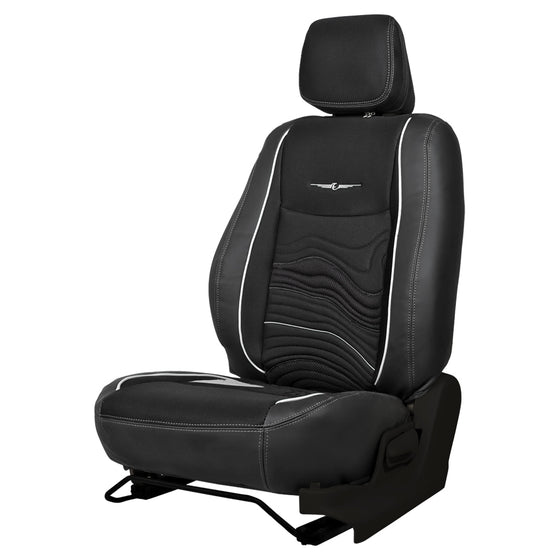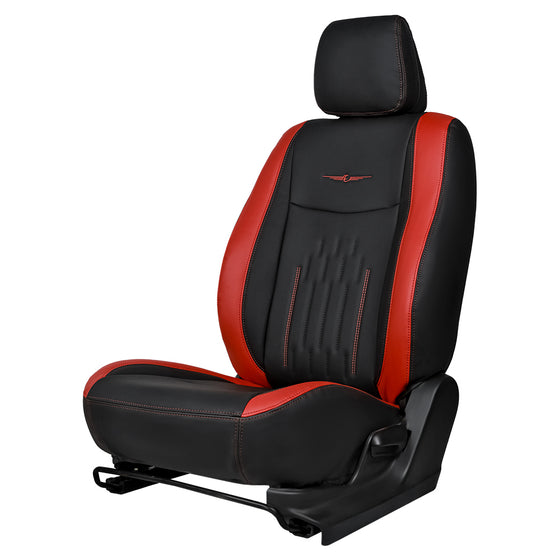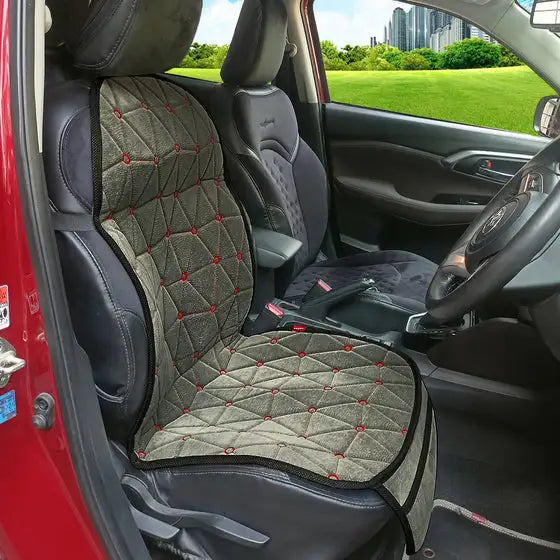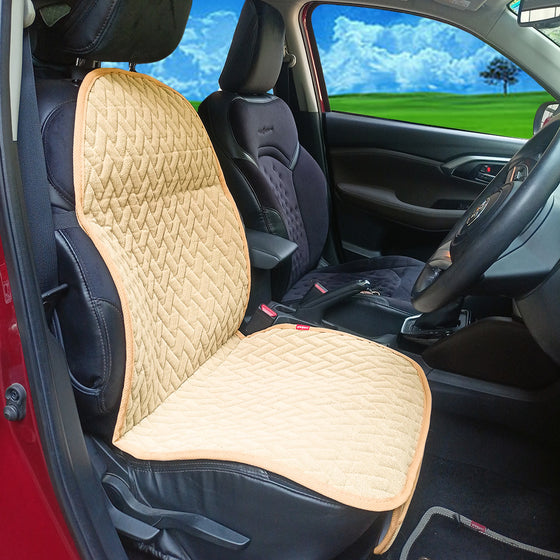All You Need To Know Before Buying Helmet
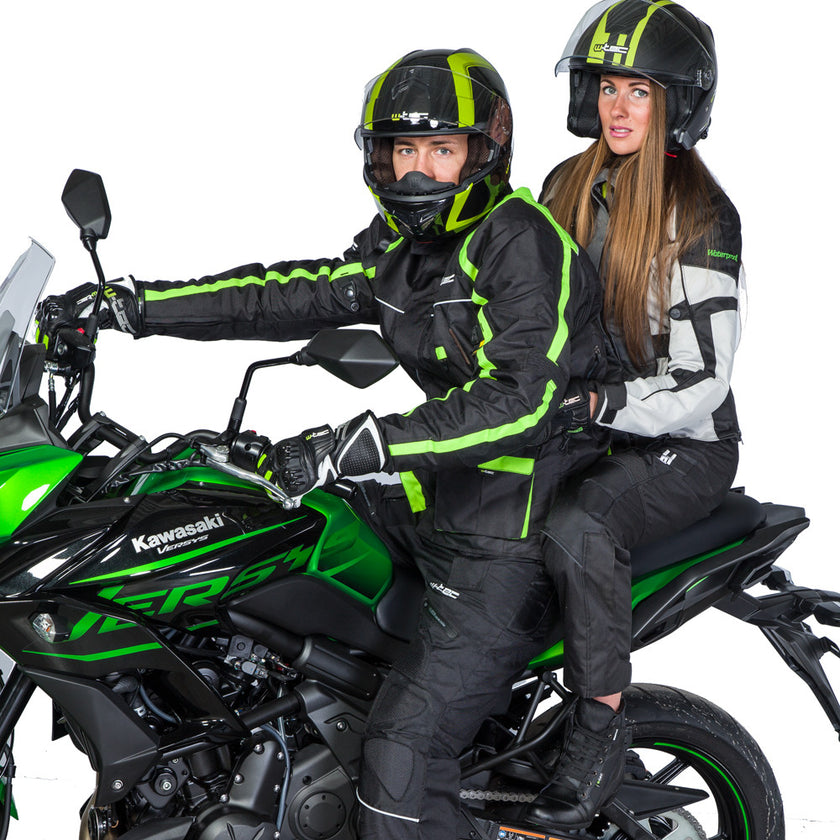
A helmet is a protective device meant to save your head from unwanted injuries while you ride a two-wheeled motor vehicle. Its use is advised by various government departments and independent agencies worldwide. In India, it is mandated by law to wear a helmet when riding a two-wheeled motor vehicle.
Users face a number of issues while looking for a helmet. In this buying guide,we try to solve as many of those issues as we can so you can buy the right helmet for yourself.
Sizing up your head
It is a three-step process to size up you head before you go buy a helmet. Remember, a snug-fitting helmet is the one you should go for as it is bound to protect your head the way it is meant to if you ever get into an accident while riding (we hope you do not):
- Take a measuring tape and wrap it around your head. If you do not have a measuring tape, use a piece of string instead and mark the circumference.
- Remove the tape and read the value. If you are using a string, place it on along a ruler and measure the circumference of your head.
- Refer to the helmet size chart below to see which helmet would fit your head the best.

A helmet to suit your needs
Size is not the only factor you need to consider when buying a helmet. There are various types of helmets available in the market and to find out which one serves your needs the best, you need to understand which helmet is meant to serve what objectives. So, here goes:
-
Open-face helmets
- Lowest price among all helmet types.
- Excellent ventilation.
- Well-suited for urban, low-speed riding.
- Protection only for face and head, not chin.
- Minimal protection from dust.
-
Full-face helmets
- Protect face, head and chin.
- Excellent protection from dust.
- Retractable visor for increased ventilation.
- Well-suited for high-speed applications, like racing.
-
Modular helmets
- Can be used as either full-face or half-face helmet.
- May come with sun visor too.
- Heavier than full-face counterparts.
- Protection not on same levels as full-face helmets.
-
Motocross helmets
- Protection on same level as full-face helmets.
- Light-weight and better ventilated than full-face helmets.
- Better protection from dust than any other helmet type.
Certificates matter
Certificates matter, more so in the case of helmets,, as testing methods of different bodies vary. A DOT/ECE certified helmet is put through more rigorous tests than an ISI-certified one and hence, is better. A Snell-certified helmet is even better than a DOT/ECE-certified helmet. But your concern should be in finding out which helmets have either ISI, DOT or ECE certification as these are widely considered to be safe. DOT/ECE-certified helmets are costly as they are imported (DOT being of USA and ECE of Europe). Choose accordingly.
Leave A Reply
Your email address will not be published. Required fields are marked *
Products list
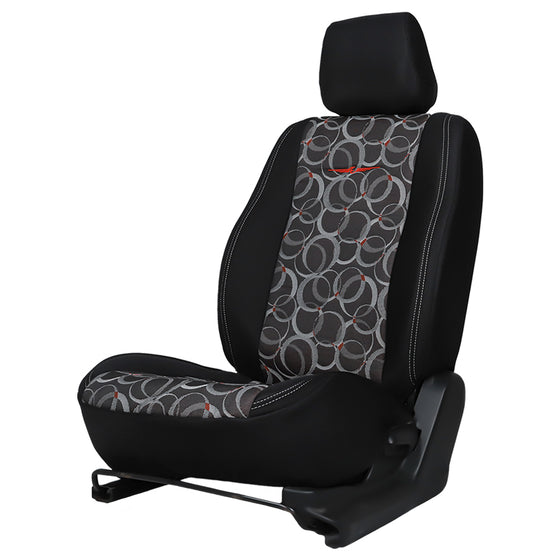
Yolo Fabric Car Seat Cover For Tata Curvv
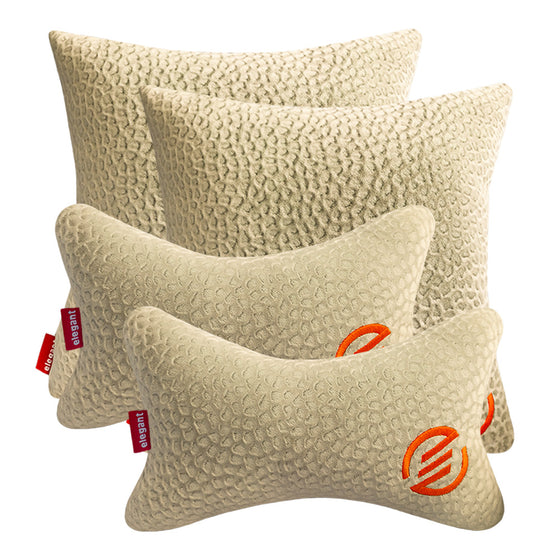
Elegant Comfy Velvet Cushion & Neck Rest Car Pillow CU12




